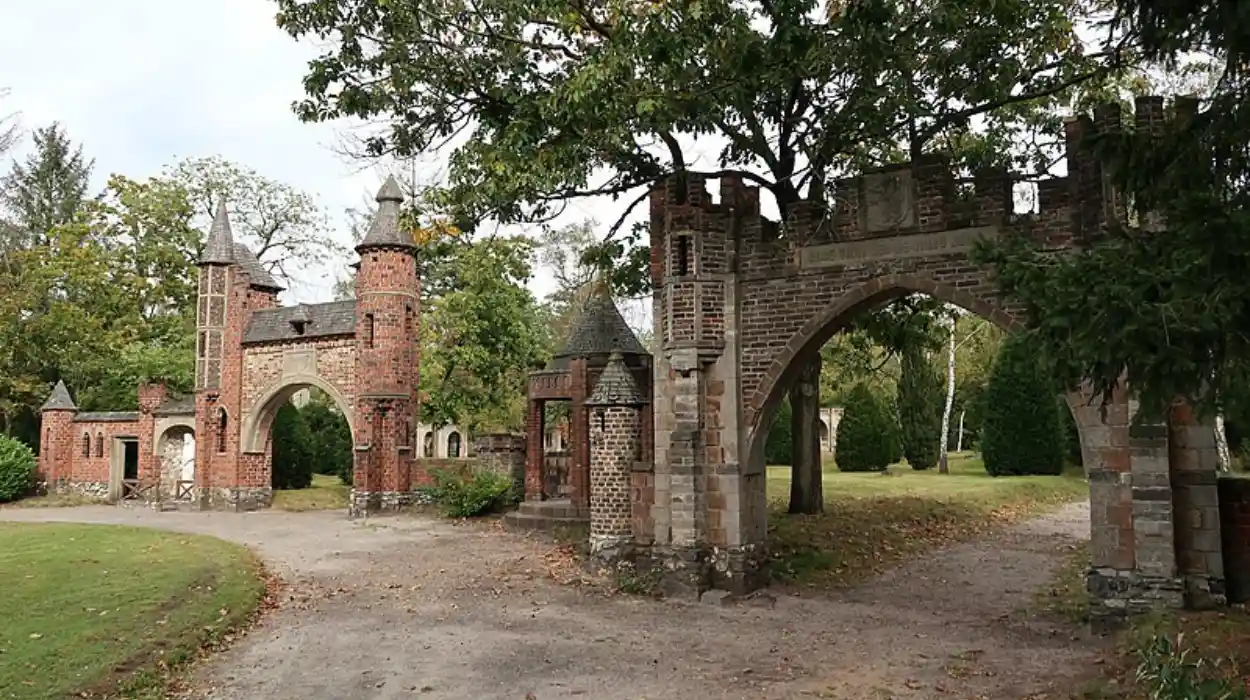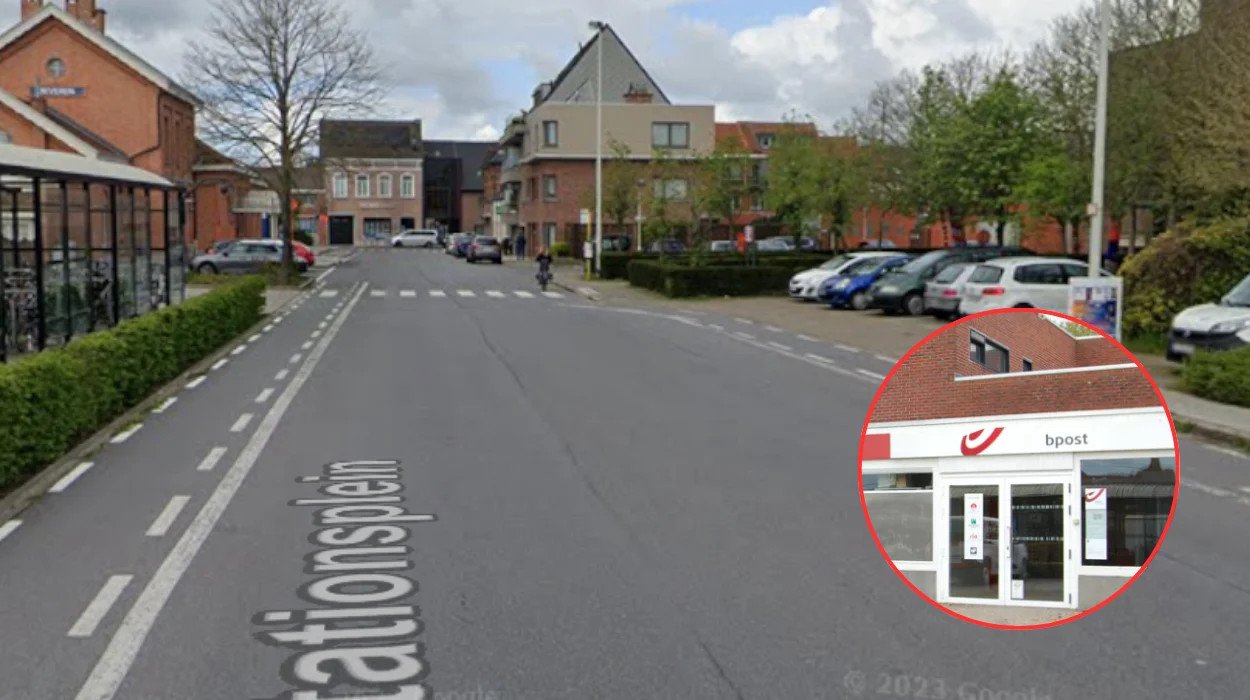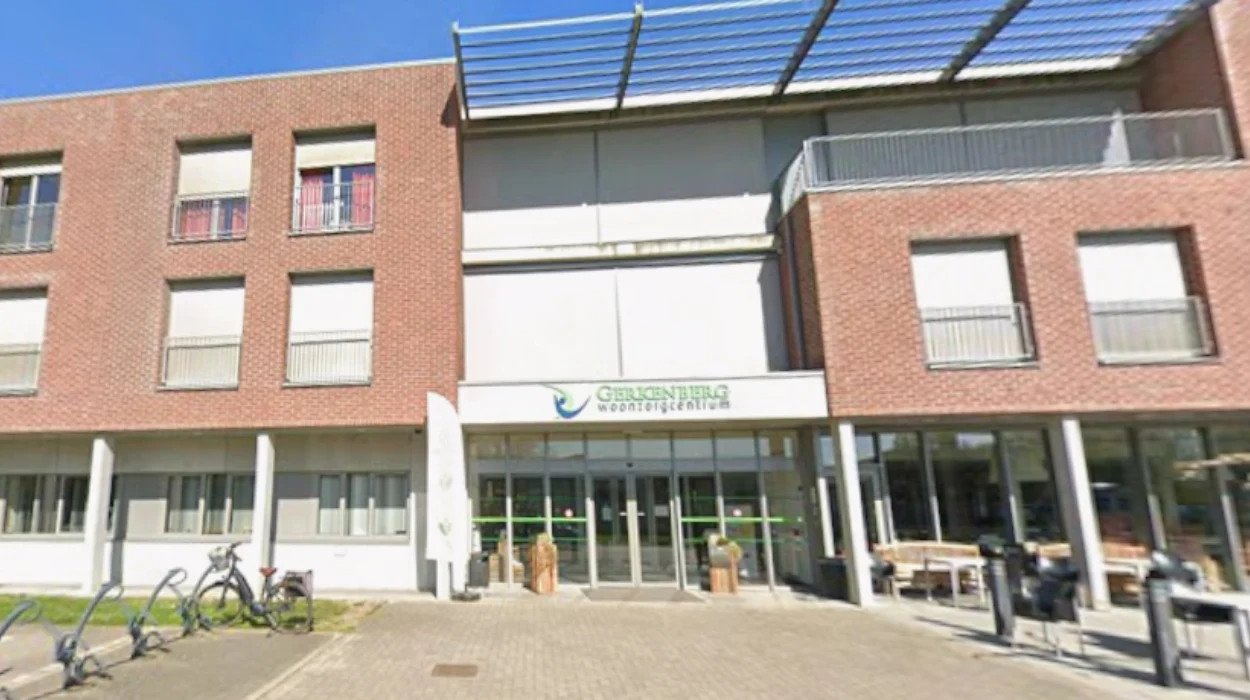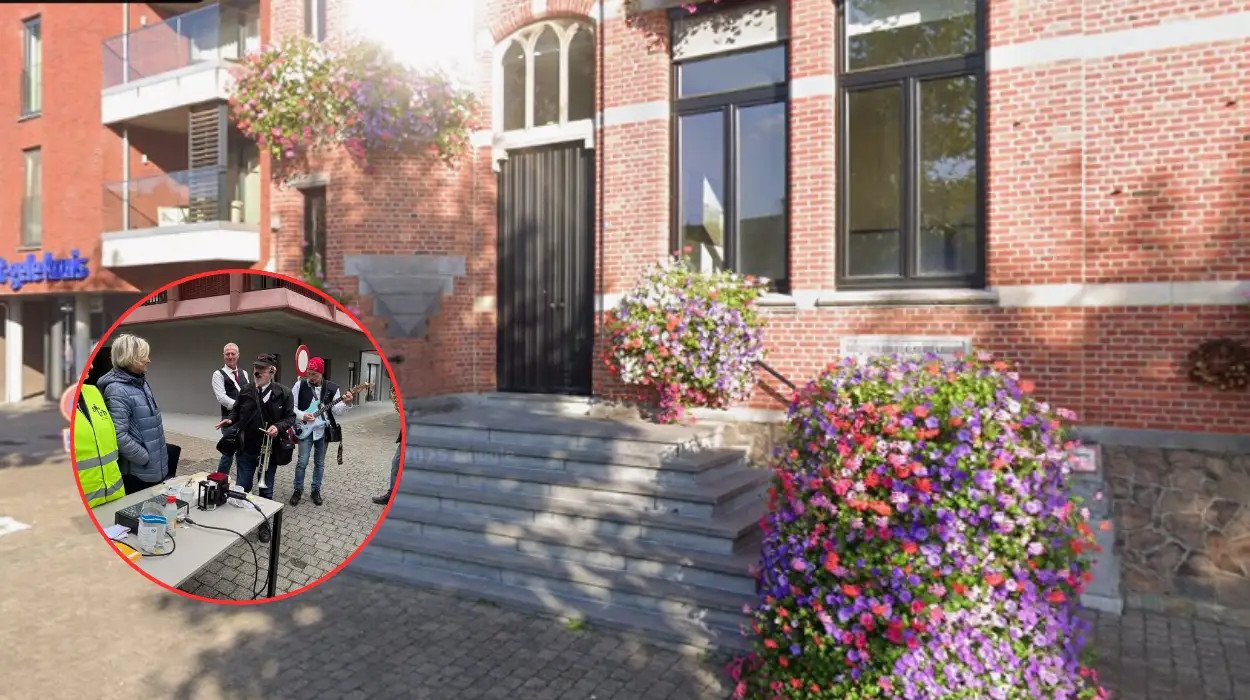Lommel (24brussels) – The first phase of Mariapark’s restoration in Lommel is complete. Led by Freddy Jansens, the project has successfully restored the Lourdes grotto, chapels, and statues. The second phase is currently in progress and is set to conclude by 2028.
According to VRT News, the restoration phase culminated on August 15, 2025, with a church service attended by numerous visitors, marking the blessing of the newly restored section of the park.
“I’ve renovated countless Lourdes grottoes and pilgrimage sites in my life, but this one in Lommel remains one of the most beautiful,”
Freddy Jansens commented.
The Rosary Basilica atop a Lourdes grotto is practically unique. But I have to admit, the condition of the Mariapark was really bad,”
What has been restored in Mariapark Lommel’s 1st phase by Freddy Jansens?
The restoration is divided into three phases, with the first phase concluded under the guidance of 82-year-old Freddy Jansens, grandson of Mariapark’s original builder. Lucien Verboven, chairman of the local church council and grotto committee, expressed satisfaction with the results, highlighting the revitalization of the Sacred Heart statue by the road, the Lourdes grotto, the chapels of the Seven Sorrows, and the statue of Saint Francis.
Jansens explained that the original structures were made from artificial concrete, a leading technology of its time. However, years of oxidation had deteriorated the steel within the concrete, leading to cracks and damage. The current restoration methods addressed these issues while preserving the historical aesthetic.
Local residents have noted that the renovations have reinvigorated this important cultural landmark, which has served the community for over a century. Erik Schalley remarked,
“It’s beautifully done. It’s good that they’ve done something about it, because it would be a shame if a place like this were lost. I often cycle past here, and I think it’s a truly peaceful place.”
For many, the park transcends its religious significance.
Huup Peters appreciated the restoration of the Lourdes grotto but expressed concern over the removal of trees that had stood behind the cave.
“The roots of the trees damaged the cave. I hope something else will be planted in the fall,”
Peters commented.
“It was unbearable,”
said Wilma Weijers, reflecting on the previous state of the Lourdes grotto from a bench.
“It was all broken and weathered, but now it’s beautiful again. I love the basilica on top of the grotto.”
The second phase of the Mariapark restoration is currently being executed, involving several key projects. Work is progressing on a nativity scene, St. Joseph’s Chapel, an entrance wall to the open-air Way of the Cross, and a statue of an angel. Authorities aim to finish the restoration by 2028, coinciding with the centenary of Mariapark.
Mariapark, established in 1920 by the Capuchin Fathers, has long served as a popular destination for both pilgrims and local visitors. The park encompasses two hectares and features a Lourdes grotto, chapels commemorating the Seven Sorrows of Mary, an open-air Way of the Cross, entrances with bell towers, and various statues of saints.
Over the years, the park deteriorated, with concrete statues cracking and the grotto suffering from rust and wear. It was designated a protected monument in 2005. The restoration process is being conducted in three phases, led by local authorities in collaboration with the original builder’s family.










